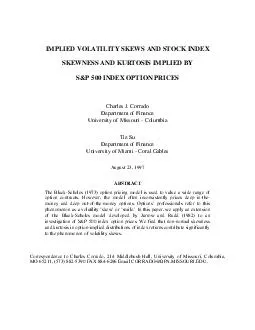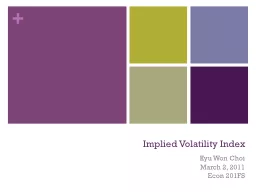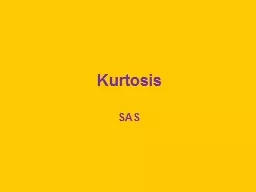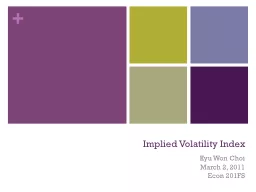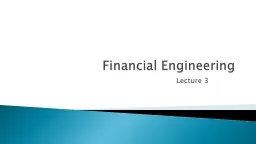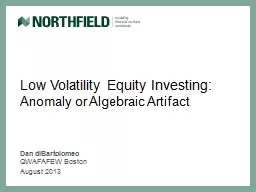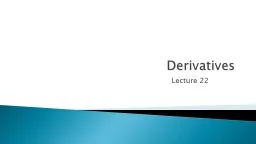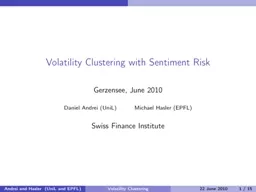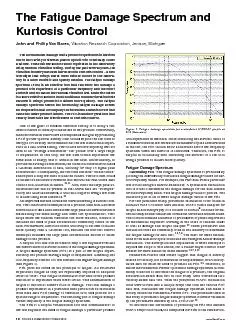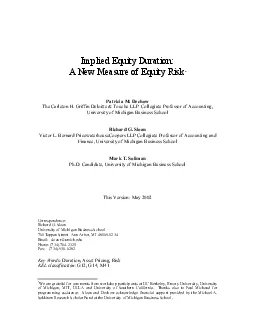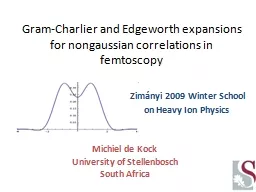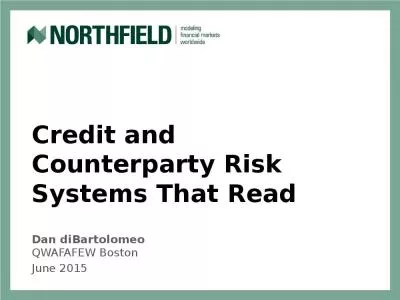PDF-IMPLIED VOLATILITY SKEWS AND STOCK INDEXSKEWNESS AND KURTOSIS IMPLIED
Author : liane-varnes | Published Date : 2015-10-23
1IMPLIED VOLATILITY SKEWS AND STOCK INDEXSKEWNESS AND KURTOSIS IMPLIED BYSP 500 INDEX OPTION PRICESThe BlackScholes 1973 option pricing model is used to value a
Presentation Embed Code
Download Presentation
Download Presentation The PPT/PDF document "IMPLIED VOLATILITY SKEWS AND STOCK INDEX..." is the property of its rightful owner. Permission is granted to download and print the materials on this website for personal, non-commercial use only, and to display it on your personal computer provided you do not modify the materials and that you retain all copyright notices contained in the materials. By downloading content from our website, you accept the terms of this agreement.
IMPLIED VOLATILITY SKEWS AND STOCK INDEXSKEWNESS AND KURTOSIS IMPLIED: Transcript
Download Rules Of Document
"IMPLIED VOLATILITY SKEWS AND STOCK INDEXSKEWNESS AND KURTOSIS IMPLIED"The content belongs to its owner. You may download and print it for personal use, without modification, and keep all copyright notices. By downloading, you agree to these terms.
Related Documents

